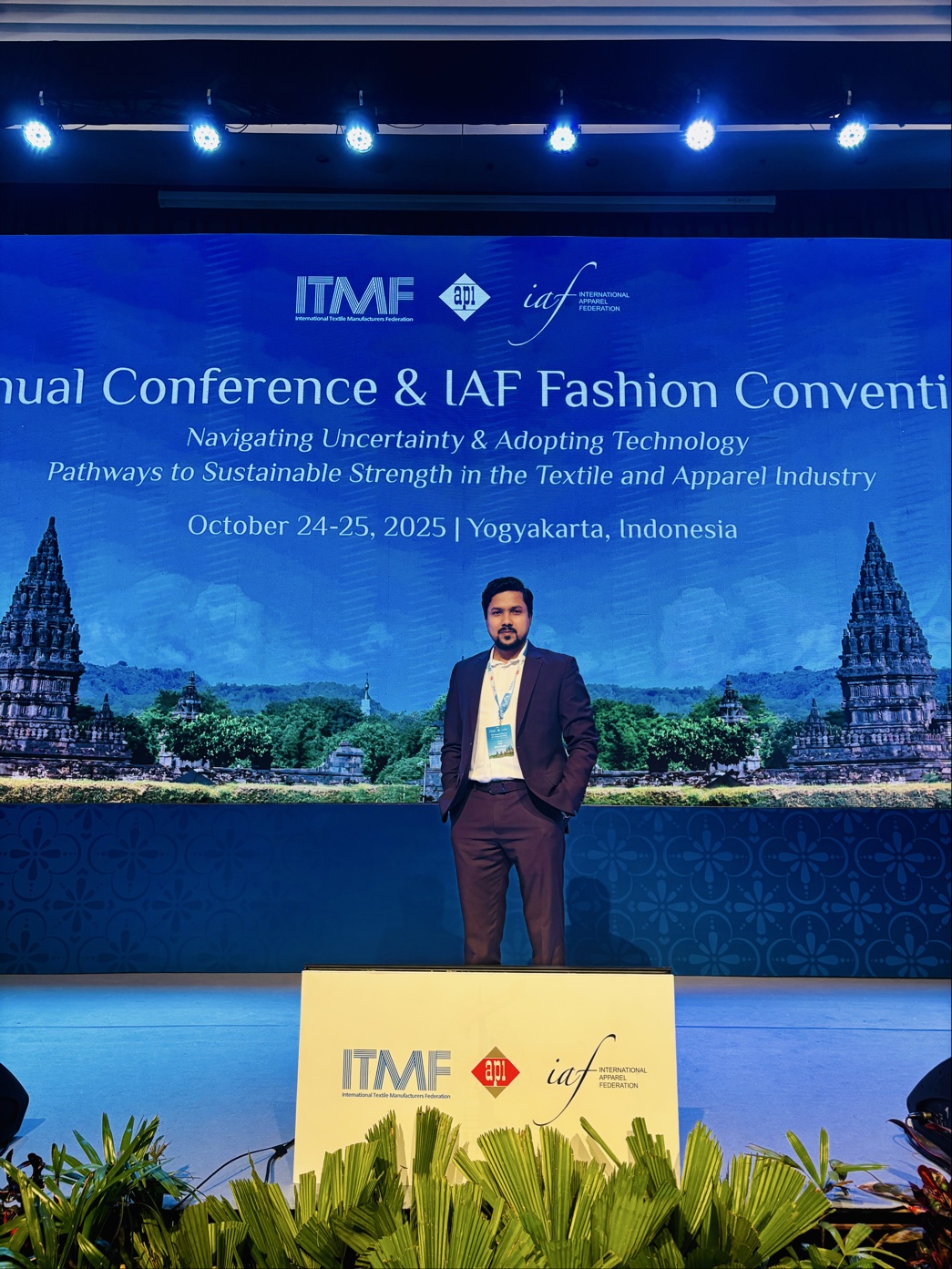After five years of development and two rounds of public consultation, the European Commission has officially published the Product Environmental Footprint Category Rules (PEFCR) for Apparel and Footwear. This long-anticipated release provides a harmonized methodology for assessing the environmental impact of textile and footwear products across the European Union. Unlike France’s national system—which remains a strong driver in the sustainability landscape—PEFCR introduces a standardized, EU-wide approach based on the PEF methodology and supported by the EF 3.1 database.
While both the French system and PEF aim to communicate environmental impact through a single score, they differ in significant ways. PEF calculates impact based on the number of uses (impact per wear), whereas France focuses on total lifetime impact, which can lead to different results depending on how product durability is interpreted. Additionally, the two systems use different weighting factors and data models, influencing which impact categories are emphasized. Notably, microfibre pollution—particularly from synthetic textiles—is a key factor in the French method but is not included in the main PEF score. However, PEFCR does require it to be disclosed separately under “fiber fragment impact.”
The release of the PEFCR comes at a crucial time, as the European Union ramps up its regulatory efforts in sustainability. The methodology is referenced in several major legislative frameworks, including the Ecodesign for Sustainable Products Regulation (ESPR), the Green Claims Directive, and the Corporate Sustainability Reporting Directive (CSRD). These references elevate PEF as a credible, science-based tool for companies preparing to meet increasingly stringent environmental reporting requirements. While PEF and the French method will coexist for now, the long-term vision is clear: to build a unified, credible, and consumer-friendly environmental score across Europe.









